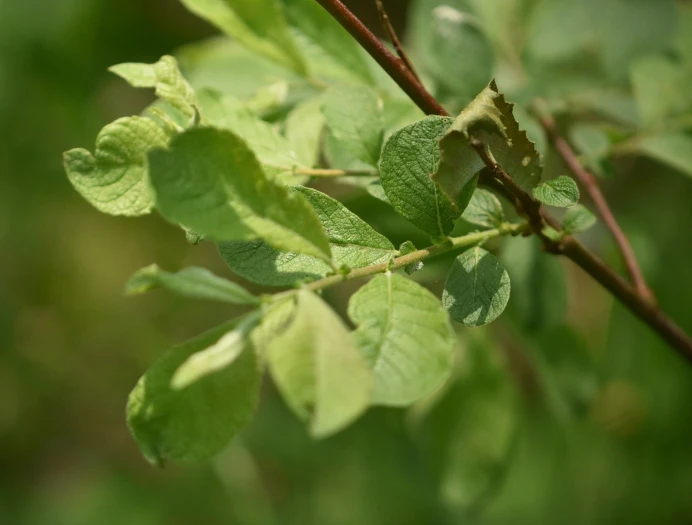Eared Willow
(Salix aurita)
Eared Willow (Salix aurita)
/
/

Марина Садыкова
CC BY 4.0
Image By:
Марина Садыкова
Recorded By:
Copyright:
CC BY 4.0
Copyright Notice:
Photo by: Марина Садыкова | License Type: CC BY 4.0 | License URL: http://creativecommons.org/licenses/by/4.0/ | Rights Holder: Марина Садыкова | Publisher: iNaturalist | Date Created: 2023-05-27T14:00:21-07:00 |

















































Estimated Native Range
Climate Requirements for Jenks, Oklahoma
| This Plant | Your Site | Plant Suitability for Your Location | ||
|---|---|---|---|---|
| • Precipitation | 3" - 141" | 40" | Aquatic | Aquatic |
| • High Temp. | 33°F - 91°F | 94°F | Your summers may be too hot for this plant. | Too hot |
| • Low Temp. | -23°F - 44°F | 25°F | Your winter temperatures are normal for this plant | Excellent |
This plant should grow well at your location with about N inches per year (Y minutes per month) of irrigation.
Summary
Salix aurita, commonly known as Eared Willow, is a deciduous shrub native to a variety of habitats across Europe, including wetlands, moorlands, and along stream banks. It typically grows up to 8 feet in height and is characterized by its reddish petioles and young twigs. The shrub has a bushy habit with multiple stems and produces catkins that are yellowish or silvery in color, which appear before the leaves in early spring. The flowers are modest but appreciated for their early nectar by pollinators.
Eared Willow is valued for its ability to thrive in wet conditions and is often used in riparian plantings to stabilize stream banks and reduce erosion. It is also occasionally cultivated for ornamental purposes in water gardens or naturalistic plantings. This species prefers full sun to part shade and moist, well-drained soils. While it is not commonly affected by serious pests or diseases, willow scab and rust can be problems in some areas. Eared Willow is also known for its flexible stems, which have been traditionally used for basket weaving.CC BY-SA 4.0
Eared Willow is valued for its ability to thrive in wet conditions and is often used in riparian plantings to stabilize stream banks and reduce erosion. It is also occasionally cultivated for ornamental purposes in water gardens or naturalistic plantings. This species prefers full sun to part shade and moist, well-drained soils. While it is not commonly affected by serious pests or diseases, willow scab and rust can be problems in some areas. Eared Willow is also known for its flexible stems, which have been traditionally used for basket weaving.CC BY-SA 4.0
Plant Description
- Plant Type: Shrub
- Height: 3-10 feet
- Width: 3-10 feet
- Growth Rate: Rapid
- Flower Color: N/A
- Flowering Season: Spring
- Leaf Retention: Deciduous
Growth Requirements
- Sun: Full Sun, Part Shade
- Water: High
- Drainage: Medium, Slow
Common Uses
Bank Stabilization, Erosion Control, Low Maintenance, Water Garden
Natural Habitat
Native to wetlands, moorlands, and along stream banks across Europe
Other Names
Common Names: Woolly Willow, Rusty Willow
Scientific Names: Salix aurita, Capraea aurita, Salix ambigua, Salix aquatica, Salix aquatica var. acuminata, Salix aurita f. cordifolia, Salix aurita f. glabrata, Salix aurita f. rhomboidalis, Salix aurita f. uliginosa
GBIF Accepted Name: Salix aurita